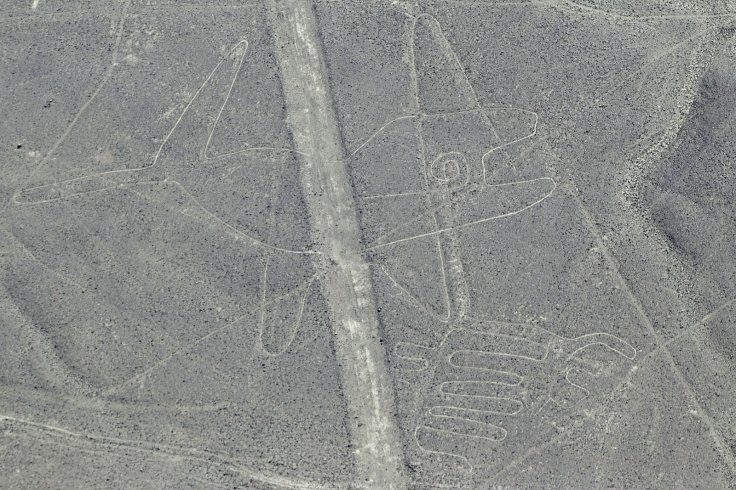
A Pulitzer Prize-winning photographer Ken Geiger, who also earlier chaired as the Deputy Director of Photography at National Geographic magazine, has taken an amazing photo that included a sparkling drone as well as a newly discovered geoglyphs in the Peruvian desert.
The Instagram channel of National Geographic posted the picture along with a description on the social media. The post stated that these geoglyphs are believed to be more than 2000-year-old and was created by the Paracas culture, which used to dominate that region almost from 800 BCE to 100 BCE.
The post later added, "Predating the Nasca lines—many of these older lines depict humans, such as dancers and warriors. The vast geometric designs etched in the desert ground have mystified the world for nearly a century."
Instead of following the usual expedition techniques, the Nat Geo Explorer and Peruvian archaeologist Luis Jaime Castillo along with another researcher Johny Isla used drone camera technology to fast forward their exploration procedure of that unknown geoglyphs. A total of 25 geoglyphs were found in the in southern Peru near the Nazca Lines.
Their findings and the entire research will be presented during the Nat Geo channel's program called Nasca Lines: Ancient Secrets, which will be broadcasted Tuesday, July 17 at around 10 pm EST (Wednesday, 10 am SGT).
Even though in 1994, UNESCO declared this region as a heritage site, it faced several damages caused by squatters looking for lands to settle on and the motorists veering off a nearby highway. At the same time, the climate change has become of the threats to these archaeological sites, especially for the coastal areas like Peru.
Euro Scientist reported that, after analysing the IPCC-reports, now scientists are quite sure that due to the climate change, which includes storms, floods and rising of sea levels are making the historical and archaeological sited vulnerable.
Rio Declaration in 1992 stated that "Environmental issues are best handled with the participation of all concerned citizens" and this quote was added to encourage public awareness about this serious issue, which could damage world to heritage sites that share information about past climates, adaptive strategies humans and their evolution.









